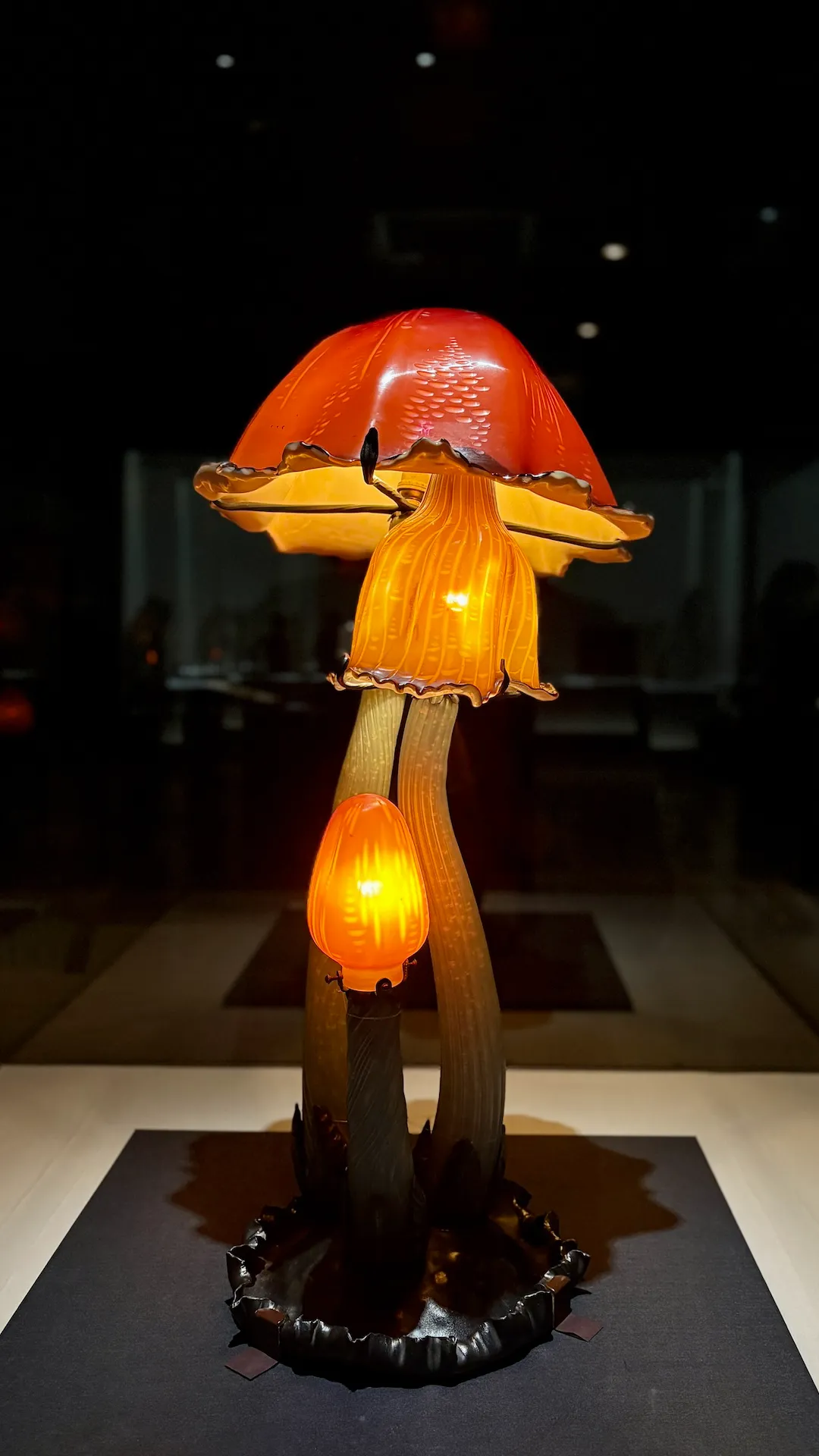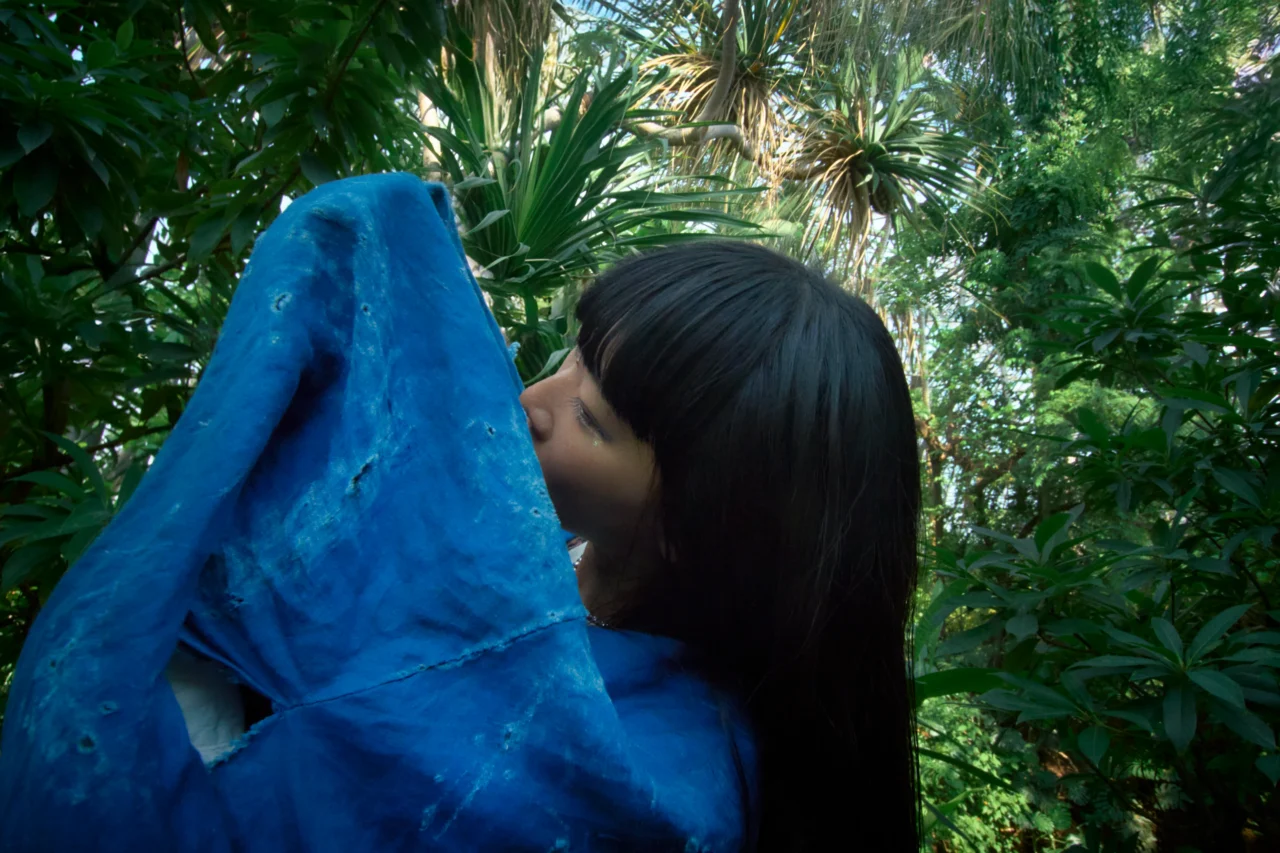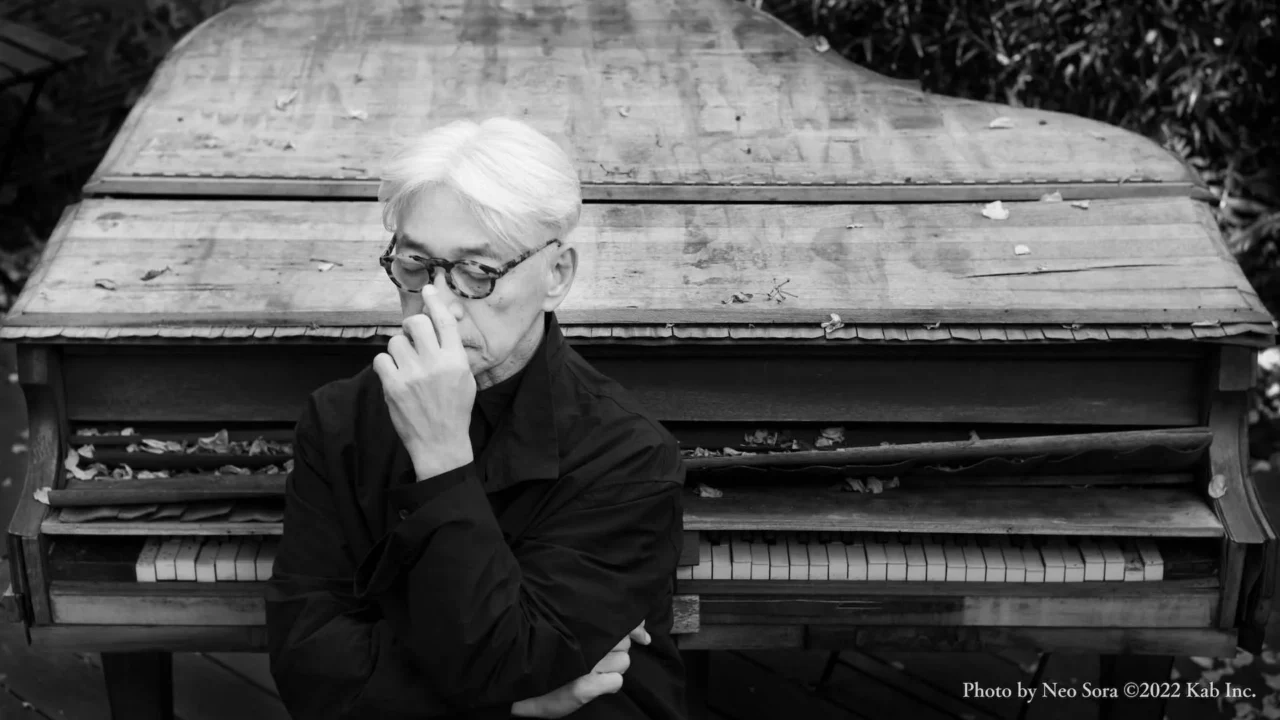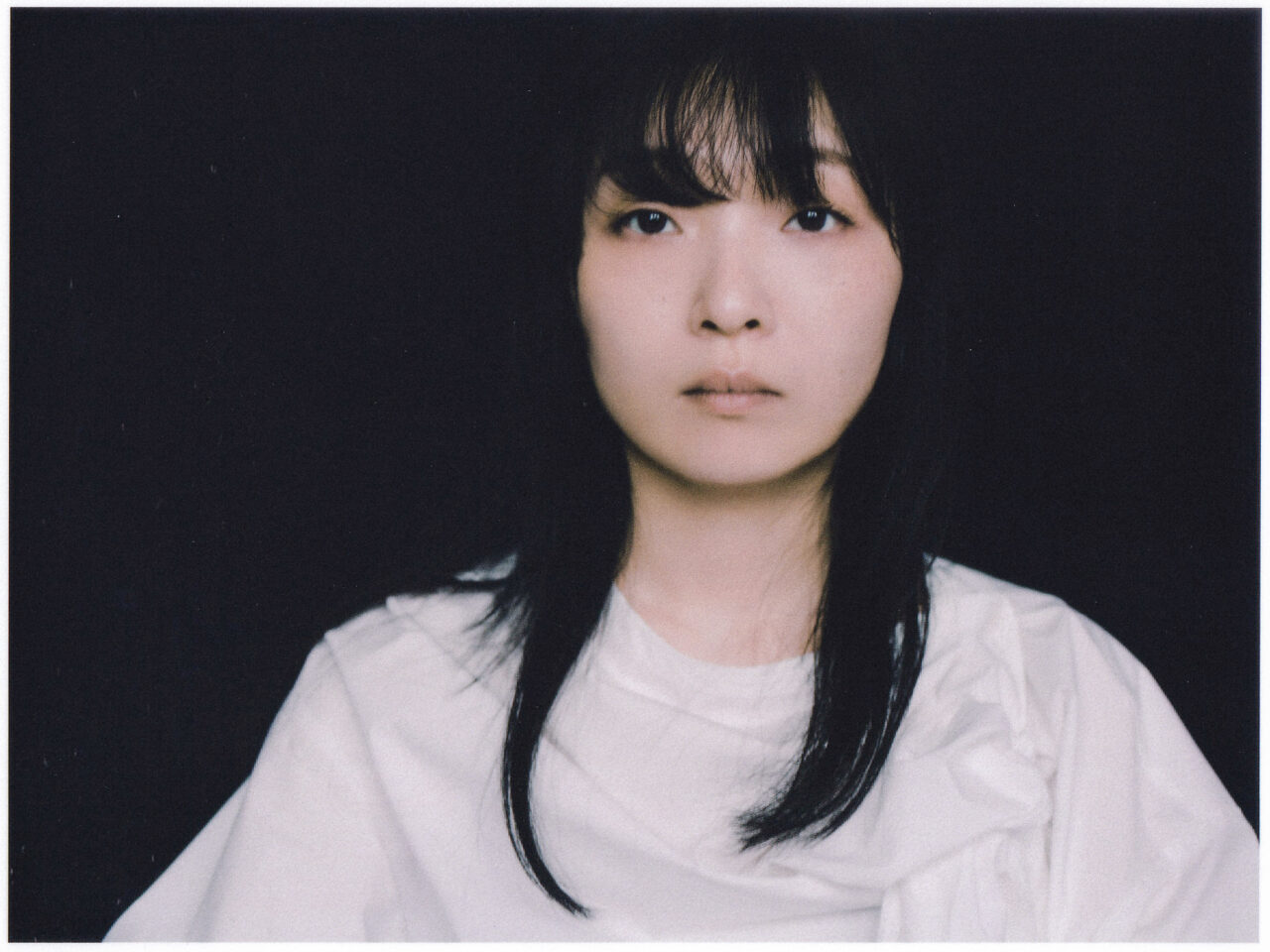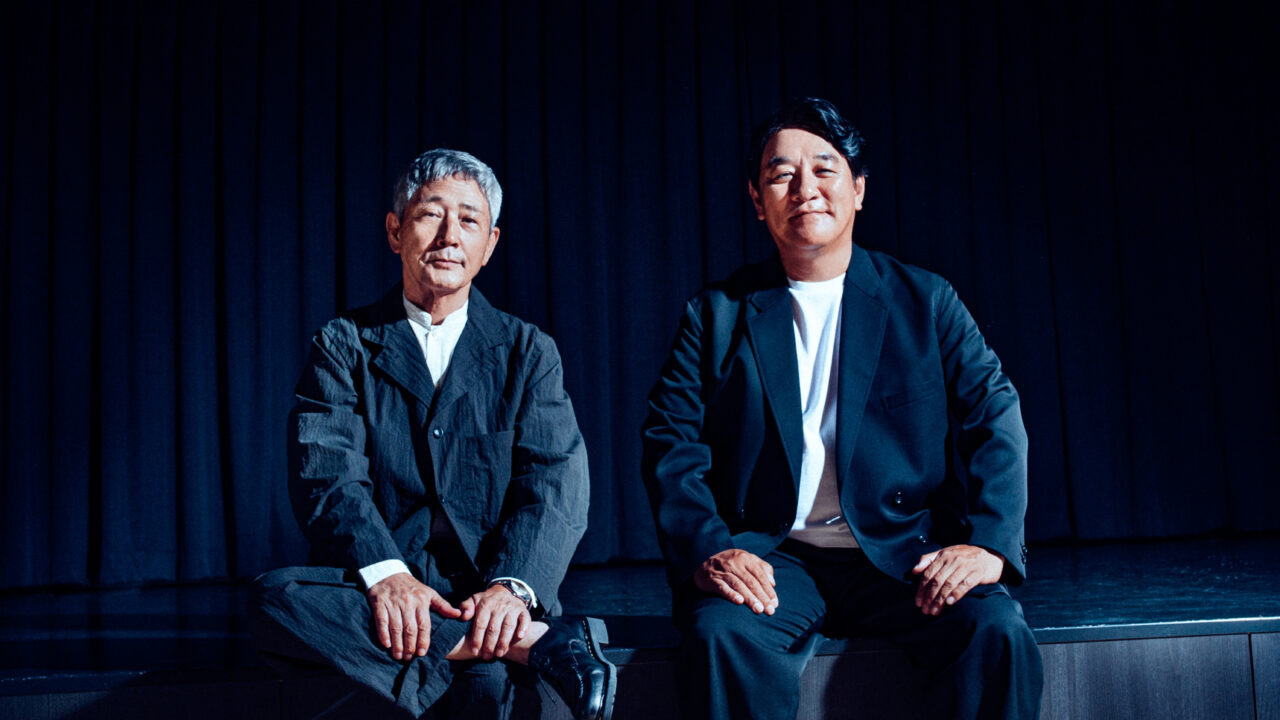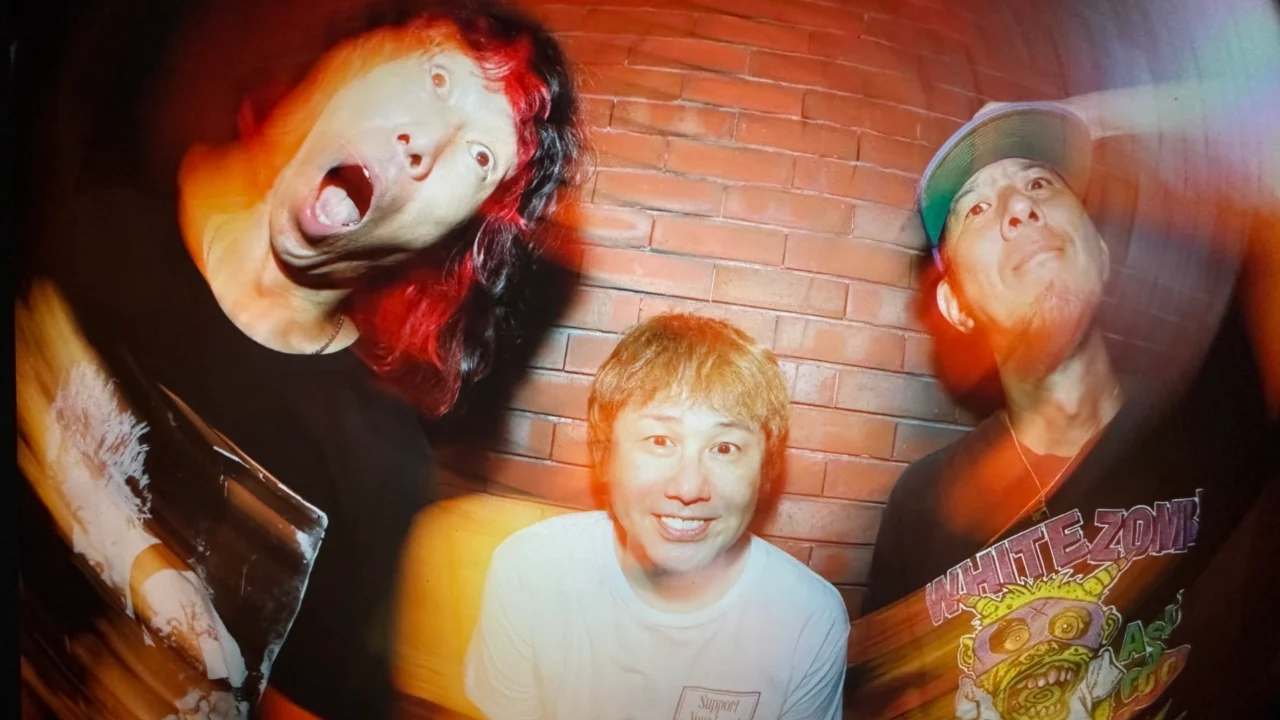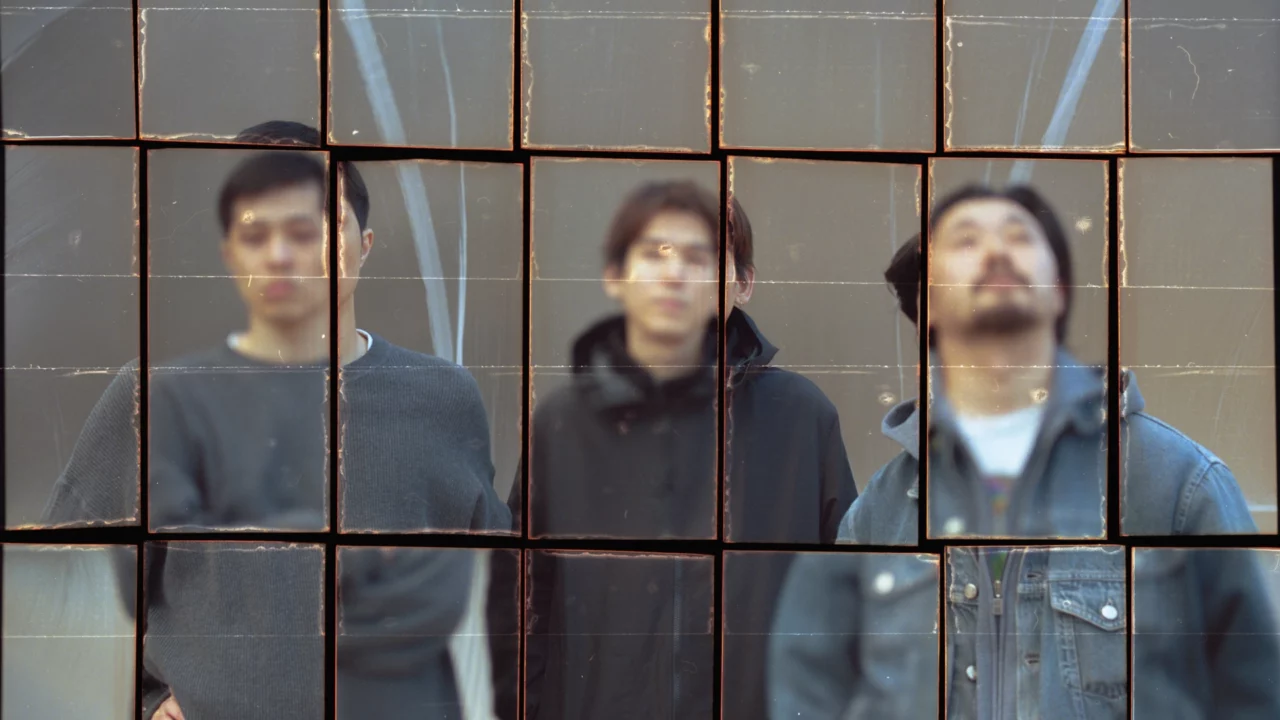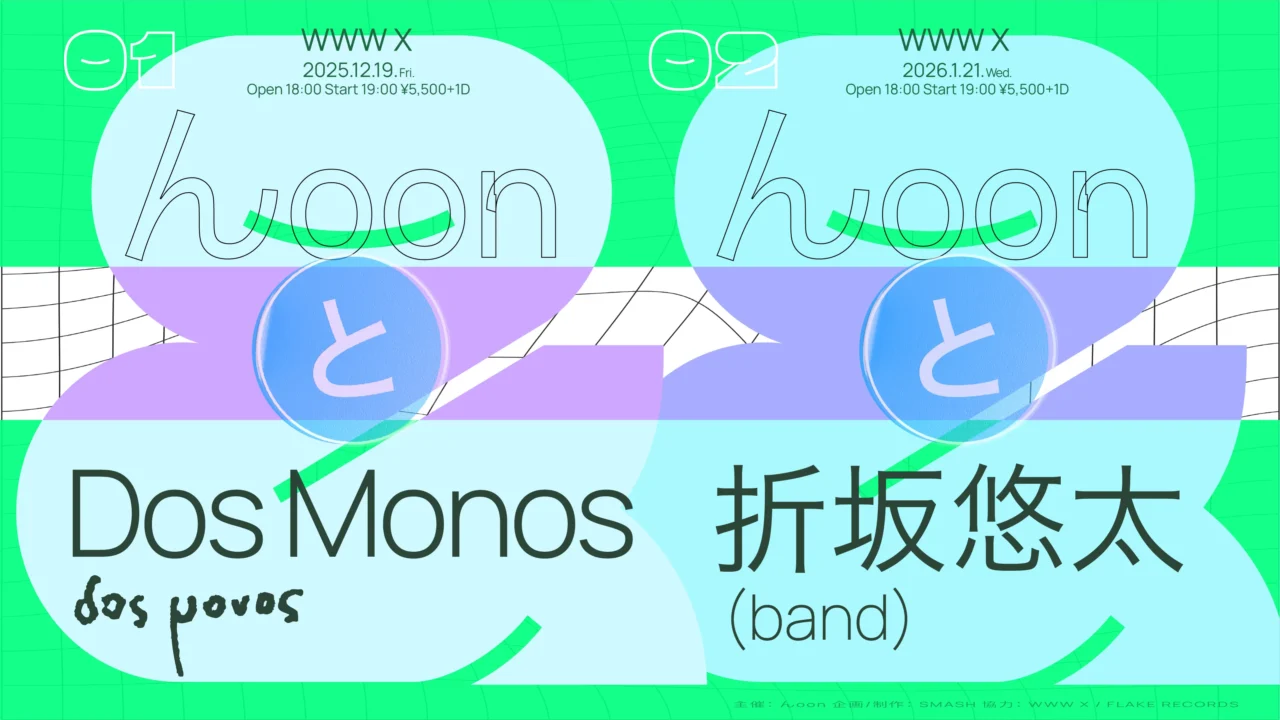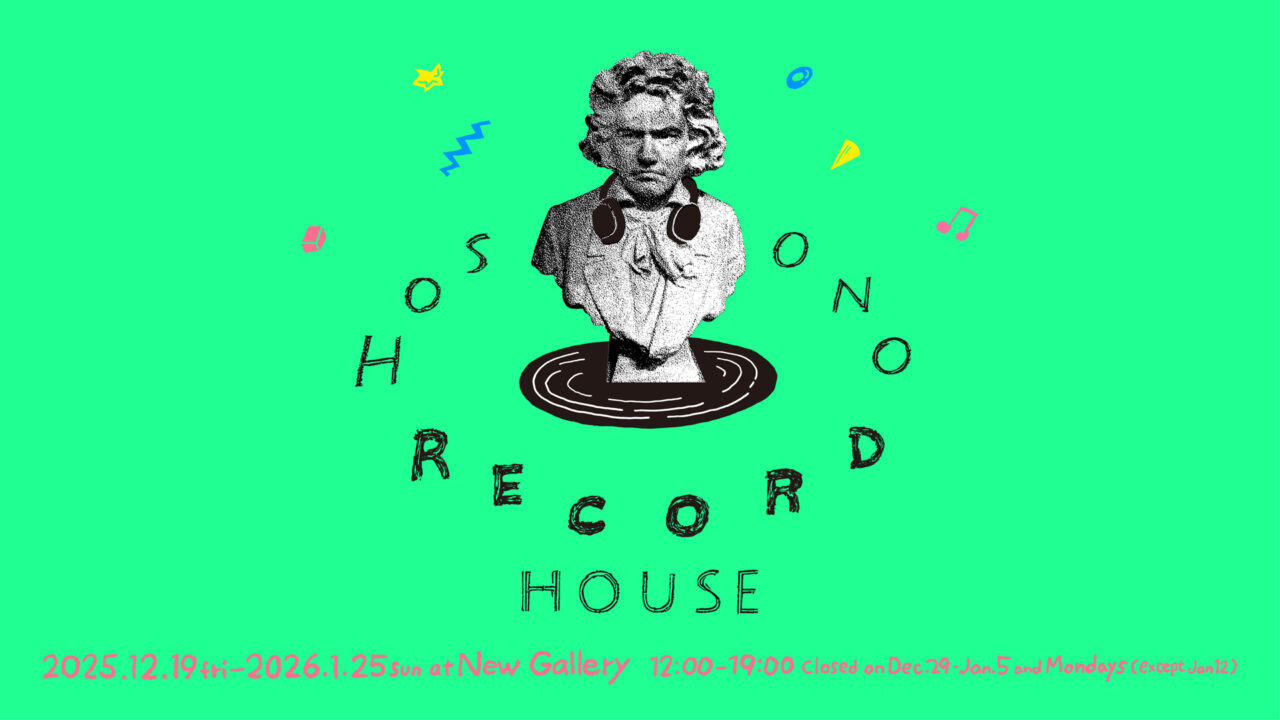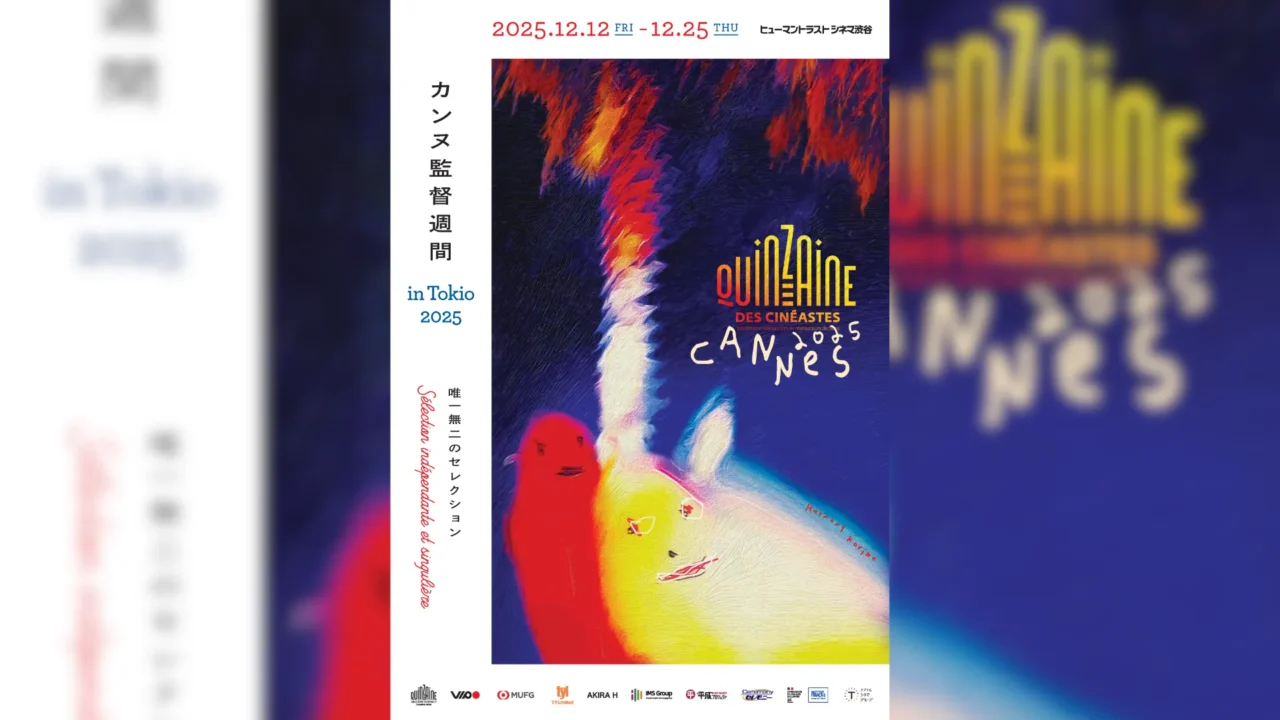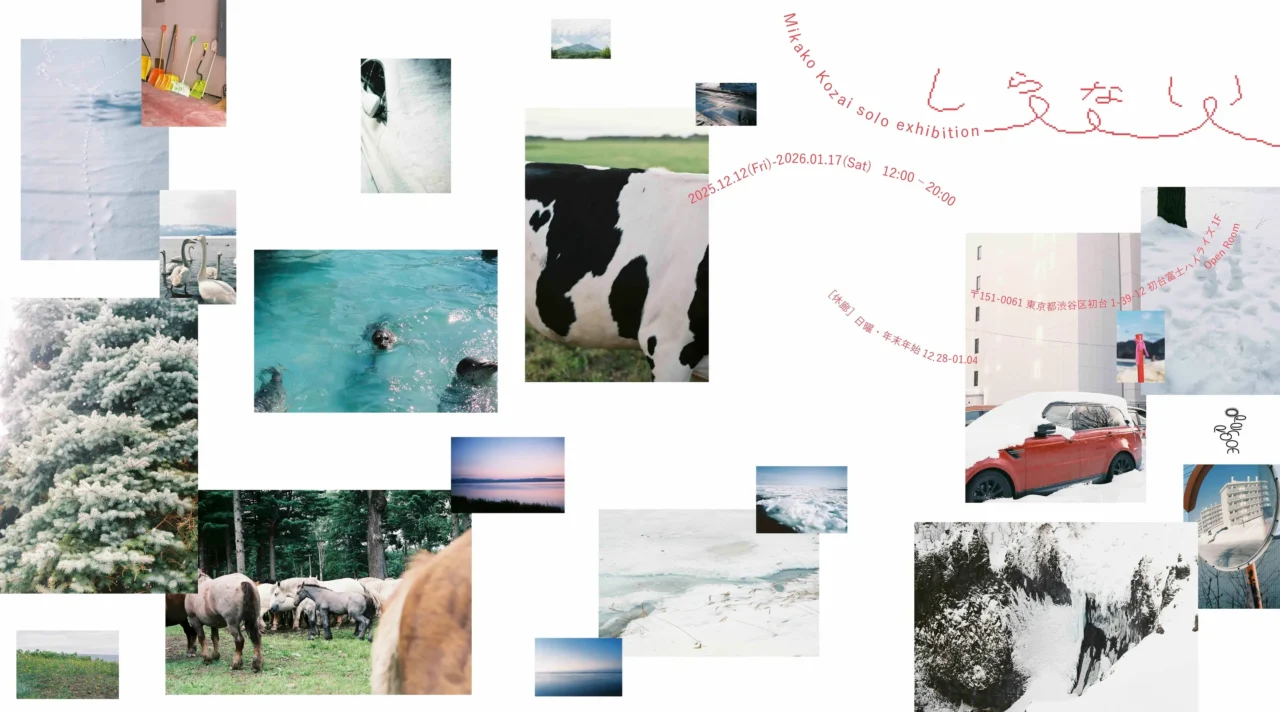Have you experienced the 120th Anniversary of Émile Gallé’s Passing: Émile Gallé: Longing for Paris exhibition at the Suntory Museum of Art yet? Widely regarded as one of the most renowned glass artists in the world, Émile Gallé was also a visionary in ceramics and furniture design, shaping a unique artistic universe. Through 110 captivating works and materials, this exhibition invites you to trace the creative journey of an artist who left an indelible mark on his era. With the exhibition now halfway through its run, here’s an insider’s guide to the highlights you won’t want to miss.
INDEX
From Hometown Nancy to the Vibrant City of Paris
Émile Gallé was a 19th-century French artist known as one of the leading figures of Art Nouveau. He achieved international success, particularly in the field of glass art, leaving behind many works featuring organic designs inspired by flora and fauna. Many people may have a vague image of him as “the artist behind the wavy, floral vases.
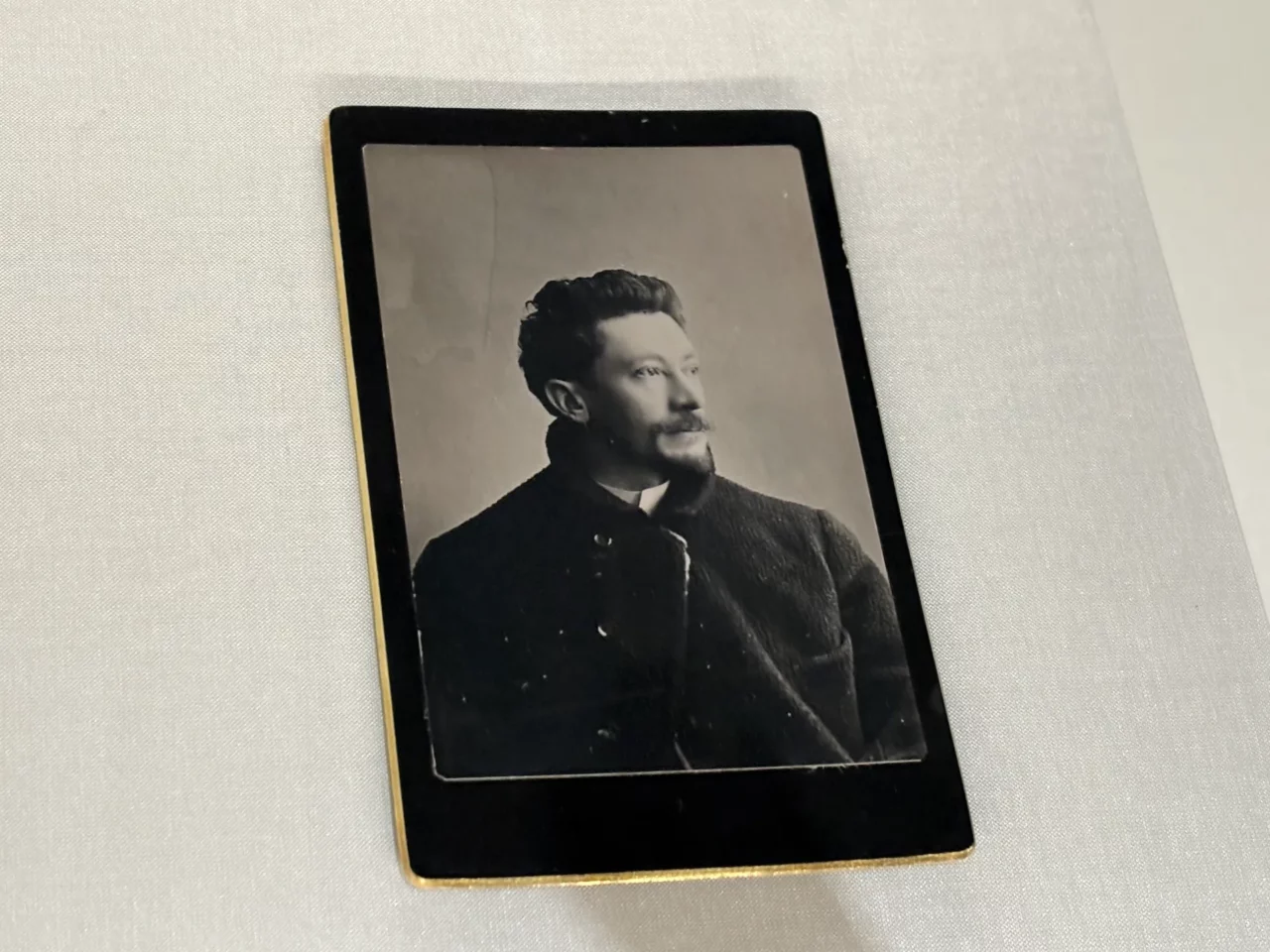
Gallé was born in the regional city of Nancy, located near the border between France and Germany, and he remained based there throughout his life. The production of his works also took place in Nancy. As both an accomplished artist and a businessman, Gallé was a prominent figure in Nancy. However, the capital city of Paris is an essential element in the story of the artist Émile Gallé. He should be viewed not just as “an artist from Nancy,” but rather as “an artist with two homelands: his hometown of Nancy and the capital, Paris.” For reference, the distance between Nancy and Paris is approximately 300 km, roughly the same as the distance between Tokyo and Nagoya in Japan.
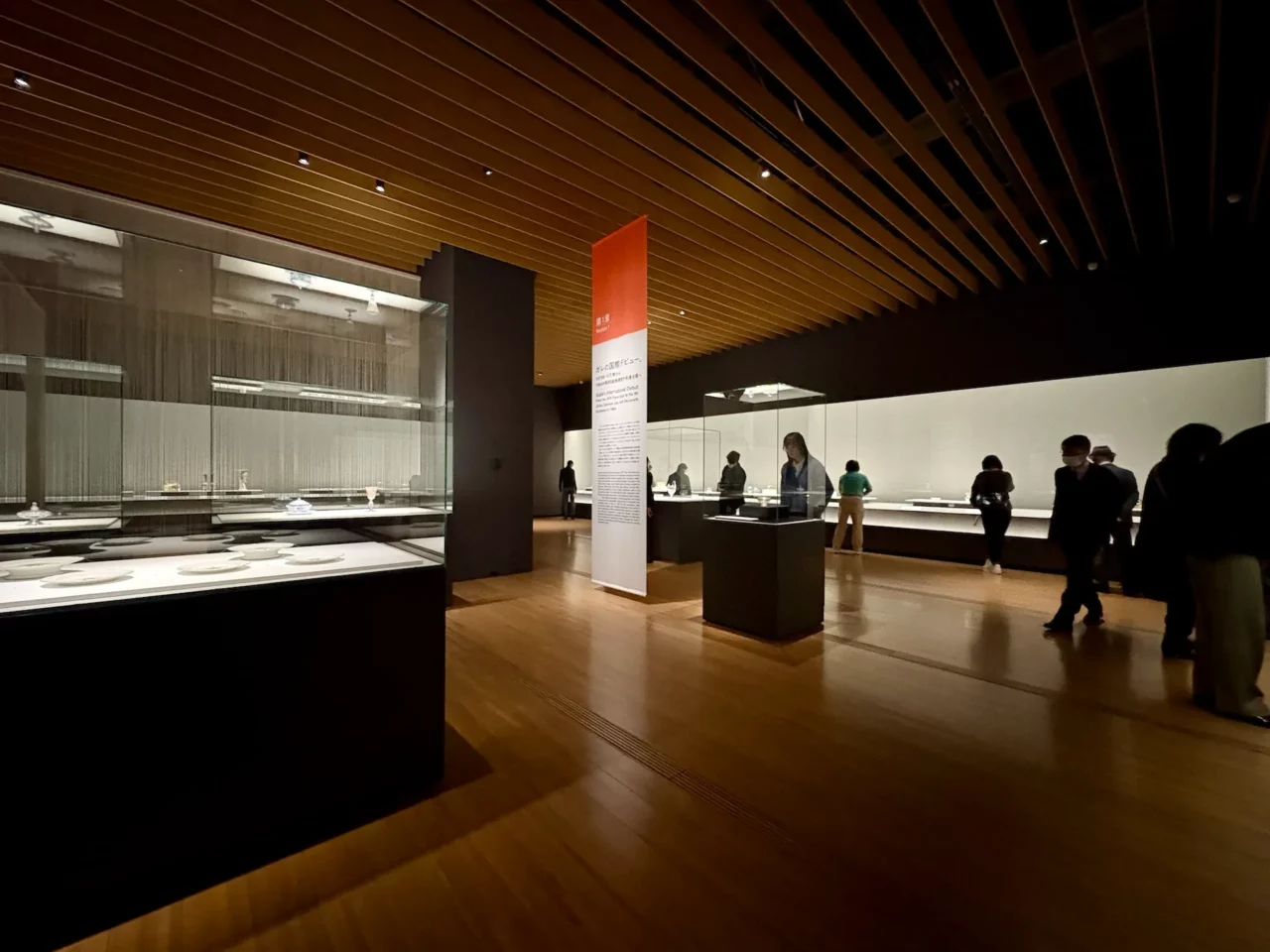
This exhibition focuses on the relationship between Gallé and Paris. There are two key points to consider. One is how Gallé stepped up through his participation in the Paris Expo. The other is how Gallé, based in the regional city of Nancy, worked to succeed in Paris. The exhibition is structured in three main chapters, with the former addressed in the main sections and the latter explored through “columns” interspersed between the chapters.
Gallé participated in the Paris Expo about every 11 years, first as an assistant to his father, and later as the central figure in three of them. The Expo were grand international events, showcasing Gallé’s finest works at each stage of his career. So, what kind of works did Gallé present at each of these expos? Let’s take a look at some of the featured pieces.
INDEX
A Young Gallé: Observing the 1867 Expo Behind His Father’s Back
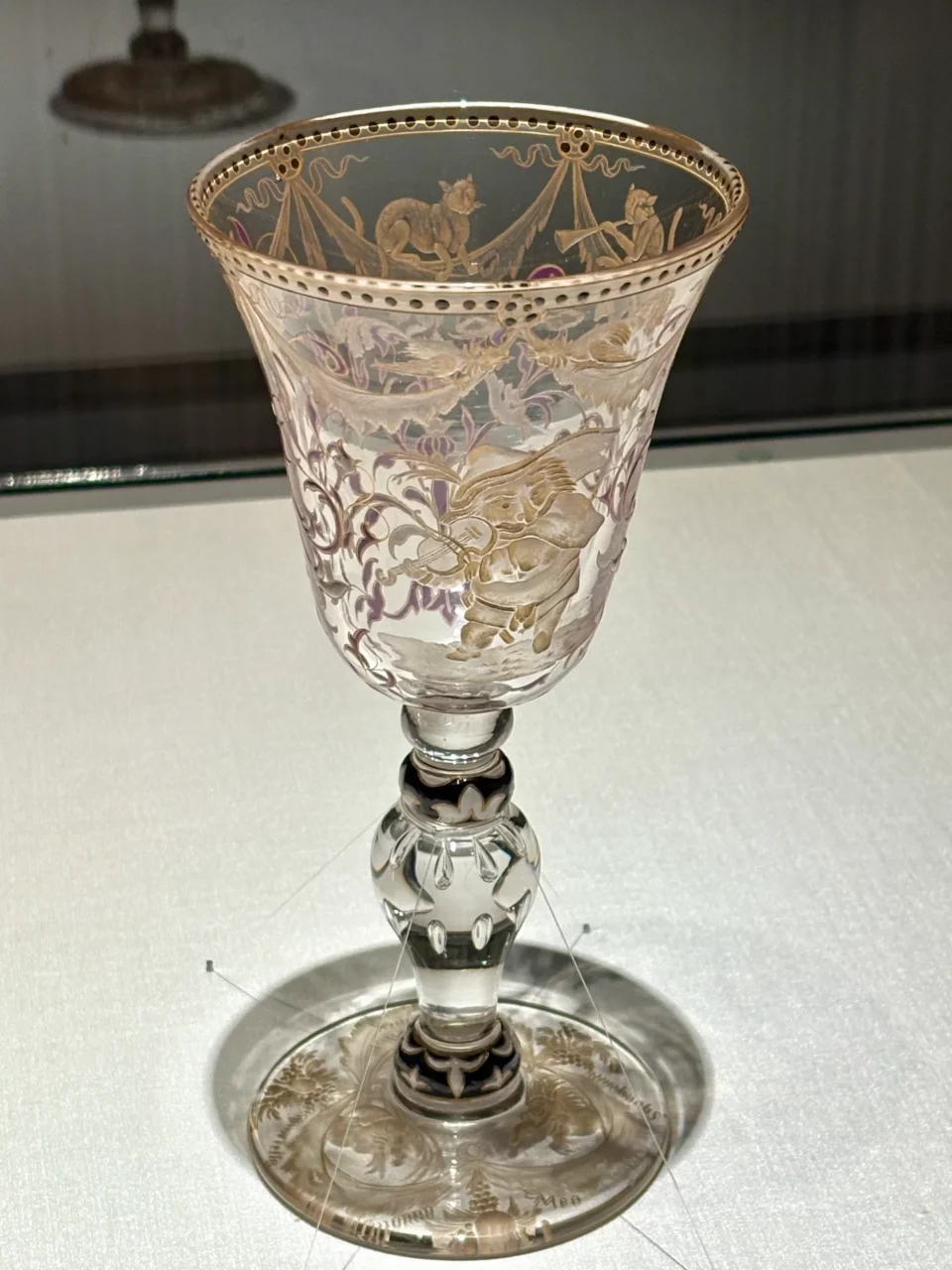
In his 20s, Gallé participated in the Expo with the help of his father, presenting the goblet Portrait of Jacques Callot. The piece features a transparent glass base decorated using “engraving,” a popular technique of the time, and is finished with gold accents. The shape of the goblet follows the traditional design, and Gallé’s personal style is still in the background at this point. Interestingly, the man playing the instrument at the center of the design is based on an engraving by Callot, a copperplate artist from Gallé’s hometown of Nancy. This marks an early expression of Gallé’s love for his hometown. At the same Expo, Gallé’s father received an honorable mention in the categories of crystal glass, luxury glass, and stained glass.

